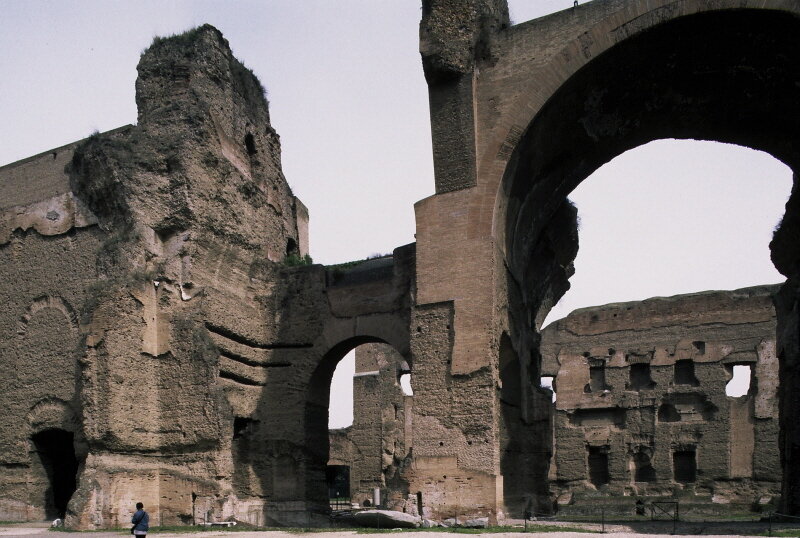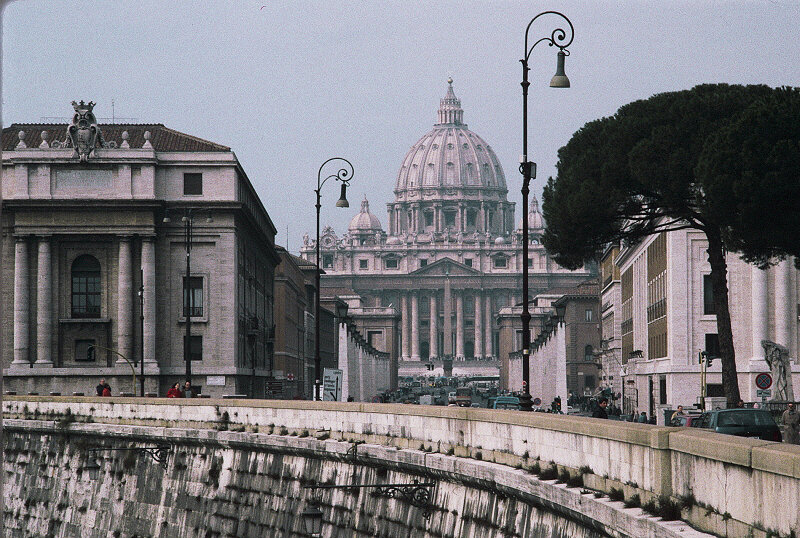Few cities have been the capitals of two great civilizations. Ancient Rome: the imperial city was a million people large with 10,000 public sculptures. Renaissance Rome: the capital of Christianity was much smaller and built within and from the very fabric of its predecessor. Giant Roman baths, temples, and civic structures—looming, glorious, and ornate—were leased as quarries by the popes to build churches and palazzi. Marble was recut to decorate the new buildings. While much of the limestone from the Colosseum was hewn for blocks, other loads were burned in kilns to make grout for masonry walls. Journals of the time describe the kilns, situated amid the ruins, as burning through the days and nights for years as the churches grew more opulent.





